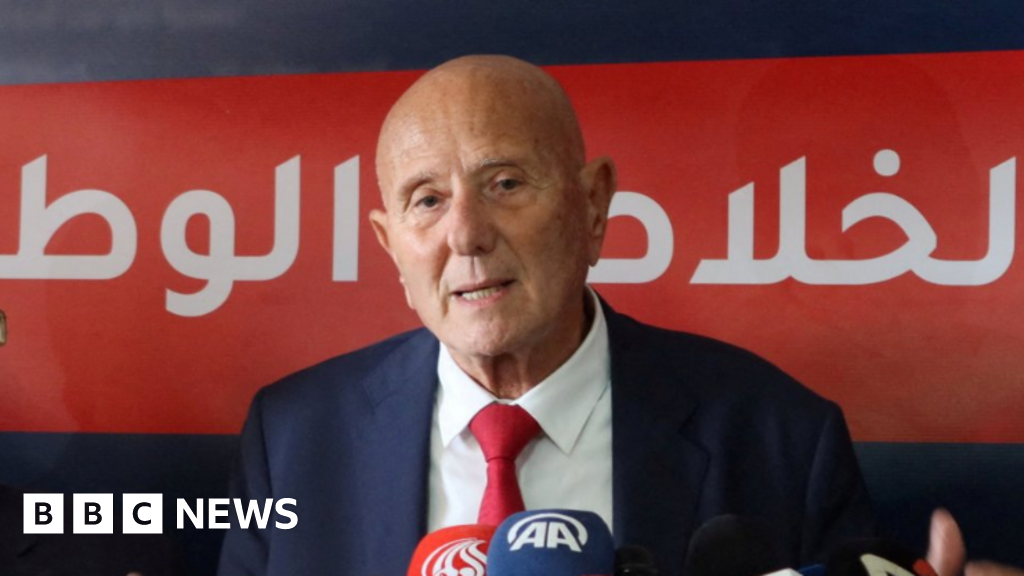Britain's Childcare Crisis: The Challenge of 'Childcare Deserts'

In a poignant reflection of the ongoing childcare crisis in the United Kingdom, former Chancellor Jeremy Hunt's words during the 2023 Spring Budget resonate with many parents: "We have one of the most expensive systems in the world today I want to reform our childcare system." These statements served as a glimmer of hope for countless families burdened by the exorbitant costs of childcare, averaging nearly 15,000 annually for nurseries and childminders. Hunt promised to "transform the lives of thousands of women" and develop a childcare system that rivals the best in the world. Fast forward two years, and while the rollout of the eagerly anticipated 'free hours' scheme is nearing completion, the reality is far from the envisioned utopia.
Beginning this September, eligible working parents will have access to up to 30 hours of funded childcare per week during term time for children aged nine months to four years. Despite the government's ambitious plans, many parents are still grappling with a shortage of nursery places and the widening gap between those who qualify for funded hours and those who do not. These ongoing challenges have left many wondering why successive governments have struggled to address such a critical issue.
The Emergence of Childcare Deserts
Over the past five years, access to childcare services in England has steadily declined, even as demand continues to rise. The government predicts that by September, it will require an additional 70,000 childcare places and 35,000 staff to accommodate the influx of families seeking more hours and spaces. A recent report by Ofsted, the official regulator and inspector of early years, highlighted the disproportionate impact of this crisis on deprived areas, where families often face persistent barriers to accessing quality childcare.
Take Doncaster for instancea prime example of a "childcare desert." Here, only 17 childcare places exist for every 100 children, leaving parents like Jordan Parker struggling to secure adequate care for their two-year-old daughter, Riley. Parker describes the funded hours as an "absolute godsend," but expresses frustration that finding a nursery has become increasingly challenging. She recounts setting off for work at 5 am while relying on family support due to her and her husbands demanding jobs.
Similarly, Olena Mykhaylyk emphasizes the absurdity of needing to plan for childcare before her child is even born. "Its crazy that you have to think that far ahead," she remarks. Although 44,400 childcare places were created between 2023 and 2024, the impending increase in eligible families seeking extended nursery hours could further strain an already overstretched system. Education Secretary Bridget Phillipson acknowledged that many parents might not secure their first-choice childcare places come September, admitting that the historical challenges surrounding England's childcare system are particularly acute in certain areas.
Exploring School-Based Nurseries as a Solution
One significant pledge from Labour last year aimed to create 100,000 additional childcare places and establish over 3,000 new nurseries within schools. An analysis by the Institute for Fiscal Studies (IFS) indicated that this initiative would increase the market share of school-based childcare from 22% to 27%. While this growth is not insignificant, IFSs associate director Christine Farquharson cautioned that it would not be a transformative solution. School-based settings tend to cater primarily to older children, as they are more equipped to handle three-year-olds. The Department for Education (DfE) reported an interest from 1,200 schools eager to open new nurseries, although this number still falls short of what is necessary to meet demand.
So far, around 300 nursery schools have received funding approval, which is expected to create 6,000 new places, with 4,000 set to open this September. Avnee Morjaria, an associate director at the Institute for Public Policy Research (IPPR), described the school-based nursery initiative as a "glimmer of hope," as it aligns nursery services with schools, making them communal hubs. However, the current reliance on private nurseries remains a significant concern.
The Plight of Private Nurseries
Across the UK, more than 20,000 private and voluntary nurseries provide the majority of early years education. Yet many of these providers are facing increasing operational costs due to statutory wage hikes, changes in national insurance contributions, and soaring utility bills. Purnima Tanuku, executive chair of the National Day Nurseries Association (NDNA), raised alarms about how these cost escalations are threatening the viability of the funded hours scheme. Despite government assurances of increased funding to match the wage increases and an additional 75 million grant for nursery expansions, many providers argue that the financial support remains inadequate.
Moreover, the DfE's new guidelines regarding additional charges for extras such as meals and snacks have sparked confusion and stress among nursery owners. While nurseries can ask parents to cover these optional costs, many fear that the financial burden will lead to some centers withdrawing from the scheme entirely. Education Secretary Phillipson acknowledged the "inherited challenges" and reaffirmed the governments commitment to investing in early education to ensure equitable access for all children, regardless of their background. However, the decline of local authority-run nurseries continues, with many facing reviews, privatizations, or closures due to staffing shortages.
Navigating Eligibility and Costs
The UK continues to grapple with some of the highest childcare costs among OECD countries, particularly for families who cannot access the new free hours. To qualify, both adults in a household must be employed and earn between 9,518 and 100,000 annually. David, a parent from London, shared his dismay upon discovering that he and his wife did not meet the eligibility criteria. His wife is currently retraining for a career in occupational therapy, which disqualifies them as a "working family." The couple now faces a staggering 20,000 annual childcare expense, prompting concerns about the affordability of retraining and impacting their quality of life.
The annual report from Coram Family and Childcare revealed that families not eligible for the free hours pay, on average, 5,000 more annually than those who do. This disparity raises critical questions about the equity of childcare access and the opportunities available to disadvantaged children. Research conducted by IPPR in collaboration with Save the Children highlights the risk that the expansion of childcare services may fail to reach the families who need it most. Currently, only one-third of the lowest-income families utilize formal childcare compared to nearly three-quarters of higher-income households. This widening gap in access to early education poses significant challenges for government policy moving forward.
Child Development and Future Goals
The government has set ambitious goals to ensure that by 2028, 75% of children achieve a "good level of development" by the end of their reception year, a figure that stood at 67.7% in the 2023-2024 period. Phillipson has emphasized the importance of giving every child a strong start in life, which is essential for ensuring that more children enter school ready to learn. While the poorest children currently receive 15 hours of free childcare per week at age two, working parents can access up to 30 hours from nine months. Experts express concern that this dual system may inadvertently disadvantage the very children who need support the most.
In Sheffields Shirecliffe area, the Meadows Nursery opened in partnership with local schools and Save the Children, aiming to provide critical support for children falling behind. Head of nurseries Claire Carroll noted that many children in this setting arrive without having met crucial physical milestones due to challenging home environments. The DfE has pledged to enhance funding for the early years pupil premium to ensure disadvantaged children receive the high-quality education they need.
A System Under Pressure
The government is set to double its childcare expenditures, estimated to reach around 8 billion by 2026, to assist parents in returning to work. However, the entire system is under significant strain. Experts stress that the right staffing and sufficient spaces are vital for the success of these initiatives. Education Secretary Phillipson has reiterated the need for high-quality early education to be accessible to all children, regardless of their background. The upcoming months will reveal how effectively the system can adapt to the anticipated demand as eligibility expands in September. Nevertheless, Farquharson warns that the governments objectives concerning growth and child development may inadvertently address two different issues, potentially leading to unintended consequences.
Ultimately, the future of childcare in England hangs in the balance as policymakers navigate these complex challenges to create a fair and effective system for all families.

























